Spices and Ingredients to Use in Kerala Cooking
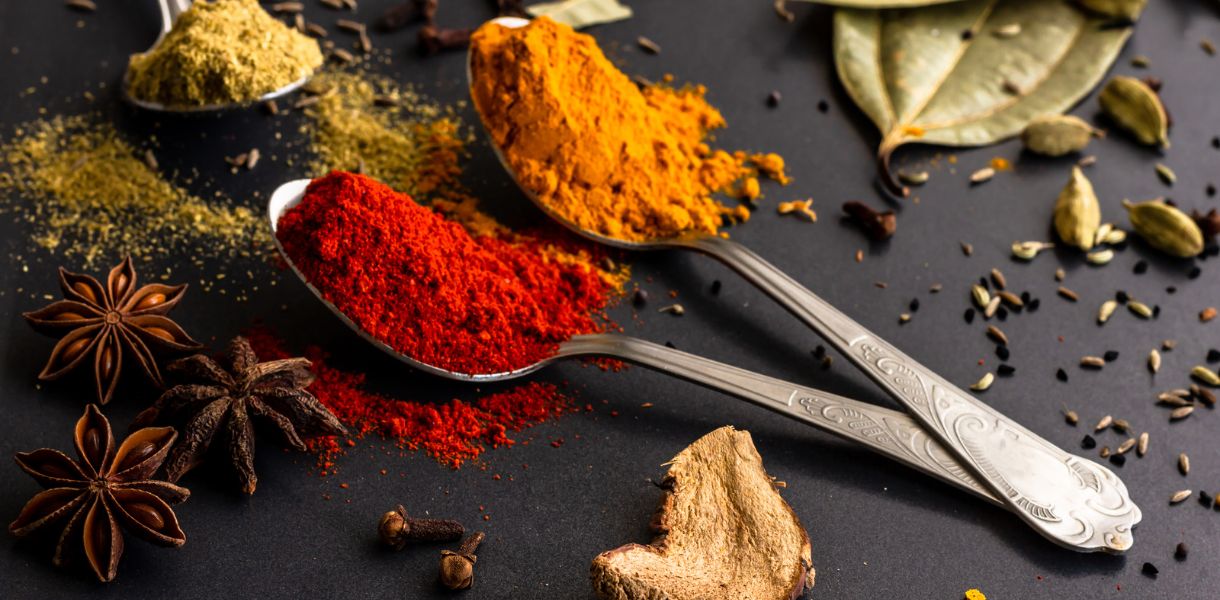
Kerala, also known as “God’s own country,” is a land of spices and flavors. Kerala cuisine is famous for its aromatic and flavorful dishes, which are created by using a variety of spices. Kerala’s cuisine is a blend of several different cultures and ethnicities, which has resulted in the development of a unique and diverse cuisine. In this article, we will explore some of the essential Spices and Ingredients to Use in Kerala Cooking.
The Essential Spices Used in Kerala Cooking
Black Pepper
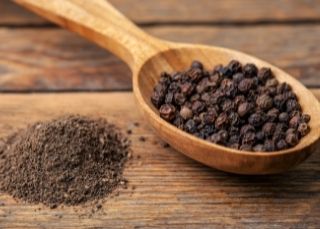
Black pepper is a common spice used in Kerala cooking. It has a pungent and slightly spicy flavor that adds depth to the dish. Black pepper is used in dishes like biryanis, curries, and stews. It is usually added towards the end of the cooking process to preserve its flavor.
Cardamom
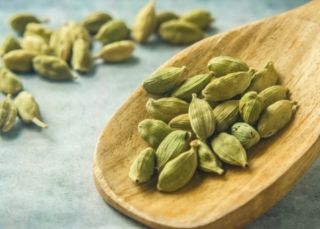
Cardamom is a spice used in sweet and savory dishes in Kerala cuisine. It has a sweet, floral flavor that is slightly pungent. Cardamom is commonly used in biryanis, desserts, and chai tea. The spice is usually added in powdered form or as whole pods to the dish.
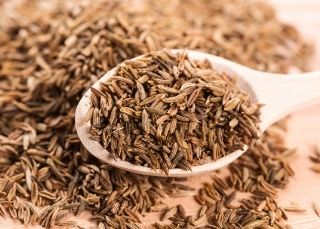
Cumin
Cumin seeds are used as a seasoning in Kerala dishes. They have a warm, earthy flavor that is slightly bitter. Cumin seeds are commonly used in curries, stews, and biryanis. The seeds are usually added to hot oil or ghee until they release their aroma, and then the other ingredients are added to the dish.
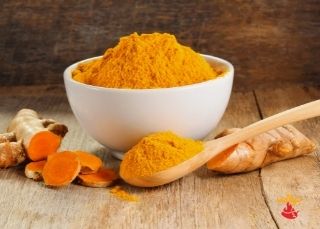
Turmeric
Turmeric is a spice used in almost all Indian cuisines, including Kerala cuisine. It has a warm, earthy flavor and a vibrant yellow color. Turmeric is used in dishes like curries, stews, and rice dishes. It is added at the beginning of the cooking process to infuse its flavor and color into the dish.
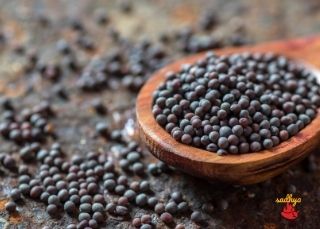
Mustard Seeds
Mustard seeds are another essential ingredient in Kerala cuisine. They are used for tempering or seasoning the dishes. Mustard seeds are added to hot oil or ghee until they splutter and release their aroma. They are commonly used in dishes like sambar, rasam, and thoran.
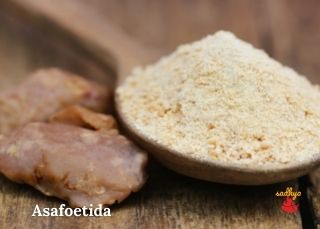
Kayam/Asafoetida
Kayam, also known as asafoetida, is a pungent spice commonly used in Kerala cooking. It is derived from the resin of the Ferula plant and has a strong, distinct flavor that is often compared to garlic or onions. Kayam is typically used in small quantities.
Kayam is often used in dishes such as sambar, rasam, and other curries to add flavor and depth to the dish. However, it is important to note that kayam is a strong spice, so it should be used in moderation to avoid overpowering the other flavors in the dish.
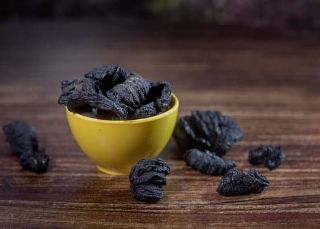
Kudampuli/Malabar Tamarind/Garcinia Cambogia
Kudampuli, also known as Malabar tamarind or Garcinia Cambogia, is a sour fruit that is commonly used in Kerala cuisine. It is typically used in fish curries and other seafood dishes, as it helps to balance out the strong flavors of the fish.
To use kudampuli in Kerala cooking, first, soak the fruit in hot water for a few minutes until it becomes soft. Then, remove the fruit from the water and squeeze out any excess liquid. The softened fruit can then be added directly to the dish during the cooking process. Kudampuli can also be used in the form of a paste or powder, which is made by grinding the dried fruit into a fine powder.
Kudampuli is known for its sour and tangy flavor, which is similar to that of tamarind. It is believed to have numerous health benefits, including aiding digestion and reducing inflammation. In addition to fish curries, kudampuli can also be used in vegetarian dishes such as sambar and avial to add a tangy flavor to the dish.
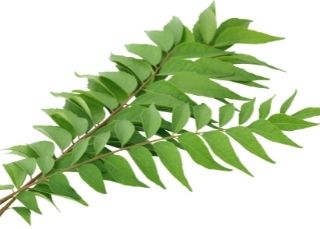
Curry Leaves
Curry leaves are a staple in Kerala cuisine. They are used as a flavoring agent and a garnish in various dishes. Curry leaves are commonly used in curries, stews, and chutneys. The flavor of curry leaves is aromatic, slightly bitter, and pungent. The leaves are usually added to the dish at the beginning of the cooking process to infuse the flavor into the dish.
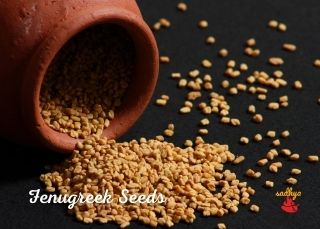
Fenugreek Seeds
Fenugreek seeds are used in Kerala cooking to add a bitter and nutty flavor to the dishes. They are commonly used in pickles, chutneys, and vegetable curries. Fenugreek seeds are usually dry roasted and then ground into a powder to use in the dish.
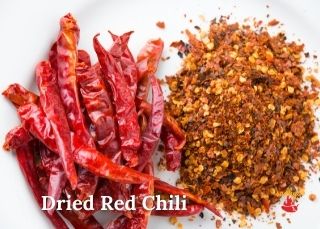
Red Chillies
Red chilies are used to add heat and color to Kerala dishes. They are used in various forms, such as dried whole chilies, chili powder, or crushed chilies. Red chilies are commonly used in curries, stews, and biryanis. The heat of the chilies can be balanced with the sweetness of coconut or tamarind to make the dish flavorful and spicy.
Hot Red Chili Powder
Hot chili powder is made by grinding dried red chilies, and it is the primary type of chili powder used in Kerala cuisine. In Kerala cooking, hot chili powder is added to dishes to provide a spicy kick, as well as to enhance their color. Depending on individual preferences, it may be necessary to adjust the ratio of paprika to hot chili powder in order to achieve the desired color and level of spiciness in the final dish.
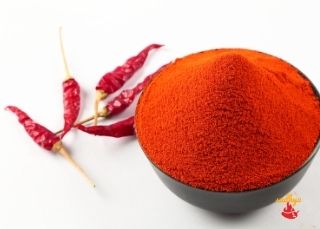
Kashmiri Chili Powder
Kashmiri chili powder is sometimes used as a substitute for hot chili powder in Kerala cooking. Kashmiri chili powder is milder in the heat than regular chili powder and has a distinct, rich color that is similar to paprika. This makes it a good alternative for those who want to add color and flavor to their dishes without making them too spicy. As with any ingredient substitution, it is best to experiment and adjust the amount of Kashmiri chili powder to achieve the desired flavor and heat level.
Curry Powder
Curry powder is a blend of different spices used in Kerala cooking. It typically contains cumin, coriander, turmeric, mustard seeds, and other spices. Curry powder is used to flavor dishes like curries, stews, and biryanis. The blend of spices adds depth and complexity to the dish.
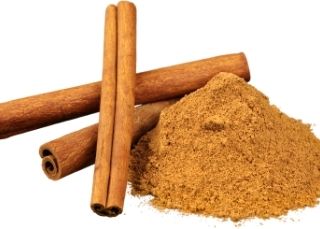
Cinnamon
Cinnamon is a warm and aromatic spice that is used in many Kerala dishes. It adds a subtle sweetness to the dishes. Cinnamon has several health benefits, such as improving heart health and reducing inflammation.
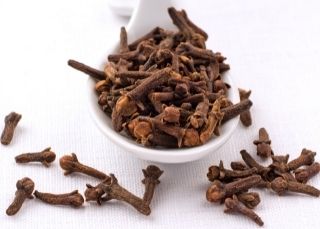
Cloves
Cloves are a pungent spice that is used in many Kerala dishes, such as biryanis and meat curries. Cloves add a warm and slightly sweet flavor to the dishes. Cloves have several health benefits, such as improving digestion and reducing inflammation.
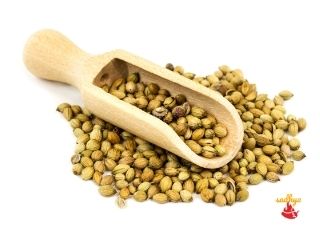
Coriander
Coriander is a herb used in Kerala cuisine as a flavoring agent and garnish. It has a fresh, citrusy flavor that complements the spiciness of the dishes. Coriander is used in dishes like curries, stews, and chutneys. It is usually added towards the end of the cooking process to preserve its flavor.

Fennel Seeds
Fennel seeds are a sweet and slightly licorice-flavored spice that is used in many Kerala dishes, such as fish curries and meat dishes. Fennel seeds have several health benefits, such as improving digestion and reducing bloating.

Tamarind
Tamarind is used to add sourness to Kerala dishes. It is a tangy fruit that is used in various forms, such as tamarind paste, tamarind juice, and tamarind pulp. Tamarind is commonly used in dishes like sambar, rasam, and fish curry. It gives the dish a tangy flavor and a deep reddish-brown color.
Other Ingredients to Use in Kerala Cooking

Coconut
Coconut is an essential ingredient in Kerala cuisine. It is used in various forms such as grated coconut, coconut milk, and coconut oil. Coconut gives a unique flavor and texture to the dishes. It is used in both vegetarian and non-vegetarian dishes. Some of the popular dishes that use coconut include avial, a mixed vegetable dish with coconut, and fish curry, which is made with coconut milk.
How To Grate Coconut?
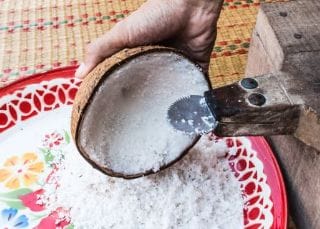
In Kerala, a manual grater typically consists of a metal blade with serrated edges that is attached to a low stool. However, if you don’t have access to a manual grater, you can use a hand-held grater or simply cut the coconut meat into small pieces and grate it using the food processor.
To extract the coconut meat from the shell, start by using a sharp knife to score the inside of the coconut in concentric circles, with each circle about one centimeter apart. Next, score the meat from the bottom to the top, leaving at least five centimeters between each knife marking. Finally, insert the tip of the knife between the shell and the meat and carefully take them apart.
The amount of grated coconut in a typical coconut varies depending on the size of the coconut. However, on average, a mature coconut yields about 3 to 4 cups of grated coconut. It’s worth noting that the amount of coconut meat you get from a single coconut also depends on factors such as the thickness of the meat and how efficiently you are able to extract it from the shell.
Grinding Coconut
In Kerala cooking the consistency of coconut is important. Different dishes call for different consistencies. Here are a few tips when grinding coconut:
- When a recipe calls for coarse or rough grinding, it’s best to avoid adding water.
- For the fine paste, you can add about 1 1/2 cups of water (just about the same level in the grinder) for an average coconut.
- For an extra-fine paste, there is no need to add more water, instead, just grind it longer until you achieve a smooth and creamy consistency.
Coconut Milk
1 Medium size Coconut, freshly grated
First extract (Thalapal):
- Add 1/2 cup water over the grated coconut and squeeze out the milk.
- Strain the mixture through a cheesecloth or fine mesh strainer, squeezing out as much liquid as possible. This first extract (thalapal) is thick and creamy and is commonly used in recipes that require a richer flavor and consistency.
Second extract (Randampal):
- Take the leftover coconut pulp from the first extract and mix it with 1 cup warm water.
- Strain this mixture through a cheesecloth or fine mesh strainer, squeezing out as much liquid as possible. This second extract is thinner and less flavorful than the first extract, but is still commonly used in recipes that require coconut milk.
Third extract (Moonnampal):
- Take the leftover coconut pulp from the second extract and mix it with 2 cups of water.
- Strain this mixture through a cheesecloth or fine mesh strainer, squeezing out as much liquid as possible. This third extract is the thinnest and least flavorful of all three extracts and is mostly used for making soups or thin curries.
How To Use Canned Coconut Milk
When using the canned coconut milk make sure to shake the can before opening it or mix well before using it.
- The undiluted canned coconut milk can be used as the first extract
- If you dilute with a 1:1 ratio, 1 cup canned coconut milk with 1 cup water, then can be used as a second extract
- If you dilute with 1:2, 1 cup canned coconut milk with 2 cups of water, then can be used as a third extract.
How do the 3 extracts of coconut milk used in Kerala Cooking?
In Kerala cooking, such as payasam or other sweets, the order of adding the different extracts of coconut milk is reversed.
The thinner and less flavorful third extract is added first, followed by the second extract, which is still thinner than the first extract but has more flavor than the third. Finally, the first extract, which is the richest and thickest of the three extracts, is added last to enhance the taste and richness of the dish.
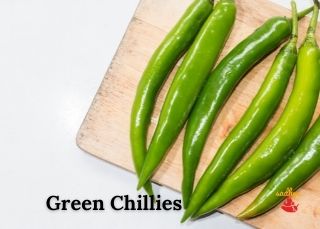
Green Chilies
Green chilies are used to add heat and flavor to Kerala dishes. They are used in various forms, such as fresh, dried, or pickled. Green chilies are commonly used in curries, stews, and chutneys. The heat of the chilies is balanced with the sweetness of coconut, making the dishes flavorful and spicy.
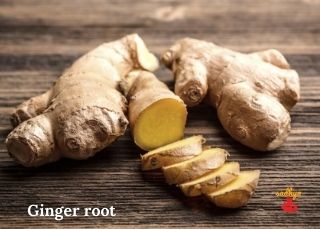
Ginger
Ginger is used as a flavoring agent in Kerala dishes. It has a strong, pungent flavor that is slightly sweet and spicy. Ginger is used in dishes like fish curry, chicken curry, and vegetable stir-fries. It is usually added at the beginning of the cooking process to infuse its flavor into the dish.
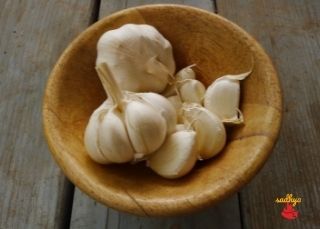
Garlic
Garlic is another flavoring agent used in Kerala cooking. It has a pungent and slightly sweet flavor that enhances the taste of the dish. Garlic is used in dishes like chicken curry, fish curry, and vegetable stir-fries. It is usually added at the beginning of the cooking process to infuse its flavor into the dish.
Golden Brown Onions
Golden brown onions are an important ingredient in many Kerala recipes, as they add a depth of flavor and a hint of sweetness to the dish. When making golden brown onions, be patient and don’t try to rush the process by increasing the heat too much, as this will result in burnt onions and a bitter taste.
The key to achieving the perfect golden brown onions for Kerala-style recipes is by slowly caramelizing them, which is different from the technique of sautéing.
Here’s how you can make golden brown onions for Kerala cooking:
Ingredients:
- 2 medium-sized onions, sliced
- 1/4 cup vegetable oil
Instructions:
- Heat the vegetable oil in a non-stick pan over medium-high heat.
- Add the sliced onions to the pan and stir to coat with the oil.
- Cook the onions, stirring occasionally, until they start to soften and turn translucent, about 5-7 minutes.
- Reduce the heat to medium and continue cooking the onions, stirring occasionally, until they turn golden brown, about 20-25 minutes.
- Make sure to stir the onions frequently towards the end of the cooking process to prevent them from burning or sticking to the pan.
- Once the onions are golden brown, remove them from the heat and transfer them to a plate lined with paper towels to remove any excess oil.
- The golden brown onions are now ready to use in your Kerala recipe.
Note: The cooking time may vary depending on the heat and size of the pan. It’s important to keep a close eye on the onions towards the end of the cooking process to prevent them from burning.
Related Posts
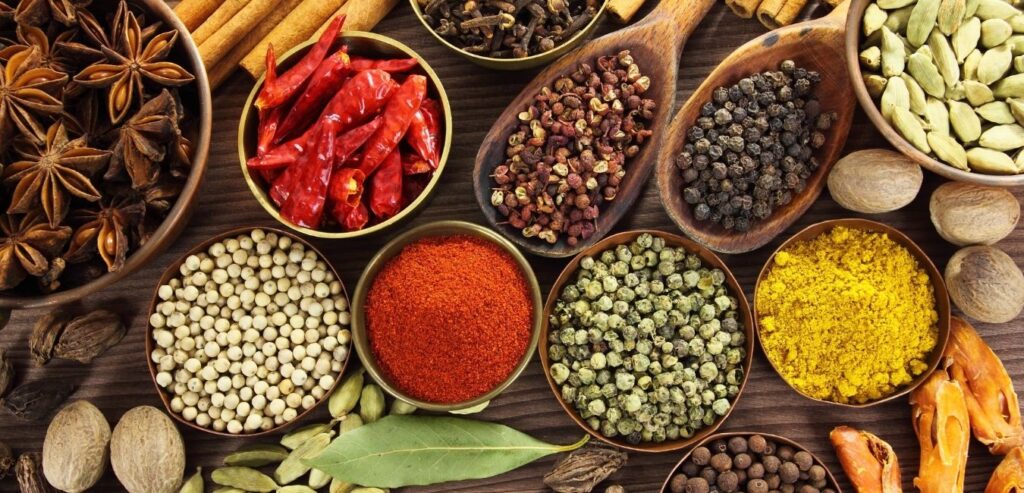
Indian Spices
Many Indian Spices are now available at our Amazon shop
Coconut is an essential ingredient in Kerala cuisine. It is used in various forms such as grated coconut, coconut milk, and coconut oil.


